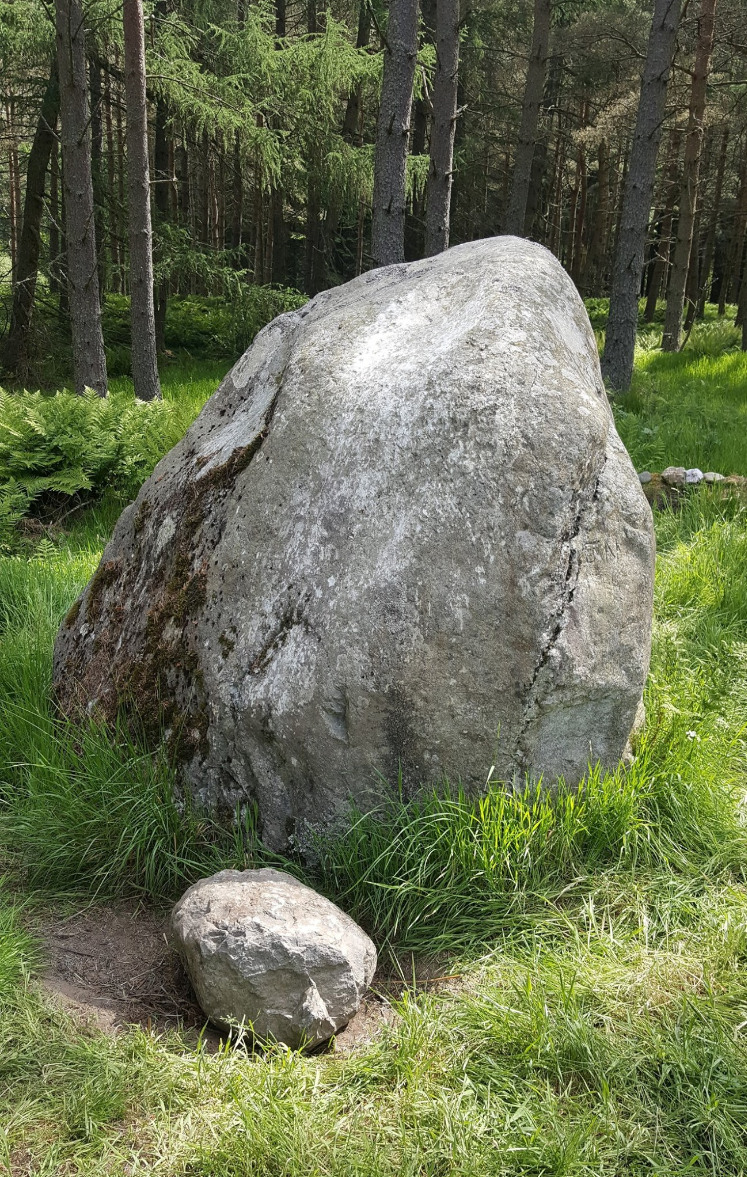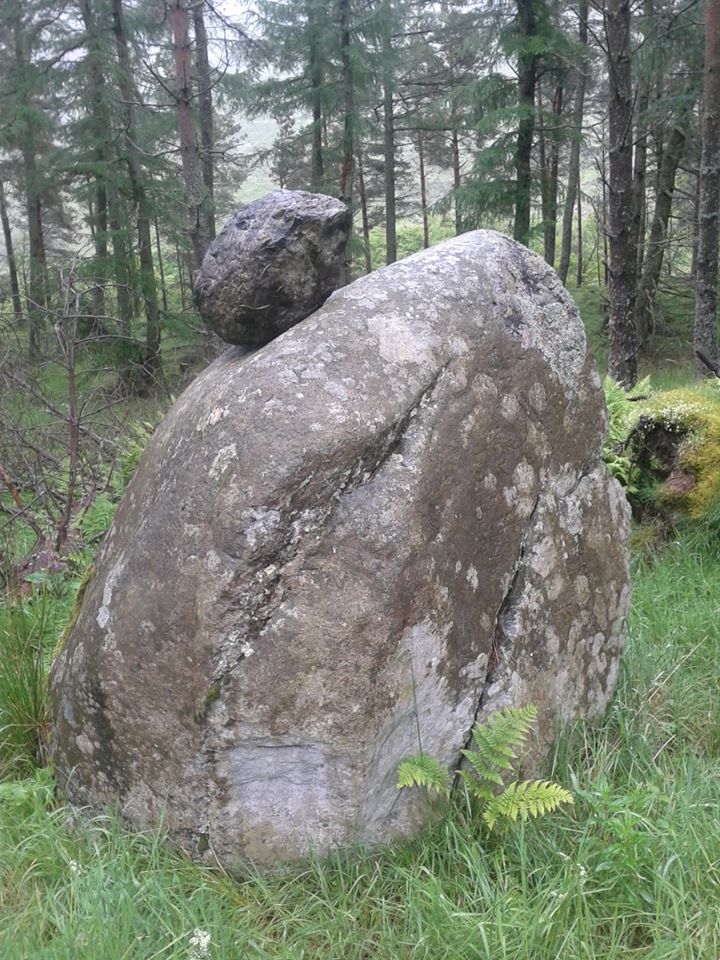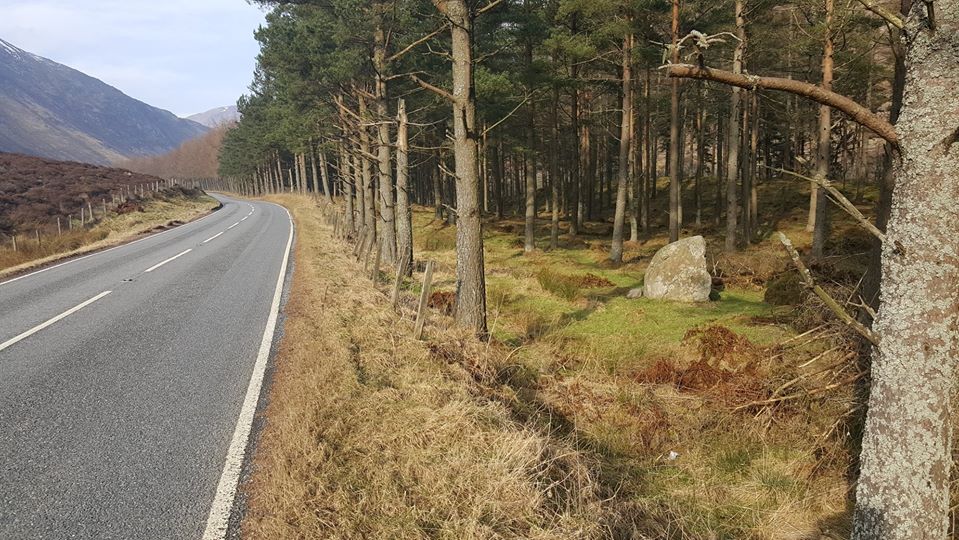The Saddlin’ Mare
The Saddlin’ Mare — also written as ‘Sadlin’ Mare’ or ‘Saddling Mare’ — is a stone and plinth challenge named after the practice of putting a saddle on a horse. The Saddle stone weighs 99kg (218 lb).

Challenge
The challenge of the Saddlin’ Mare is to Saddle the Mare. Where the stone is the Saddle, and the plinth is the Mare.
The idea is to pick up the stone, and put it on top of the plinth so that it sits balanced on top.
Lifters generally lift the stone, placing it as high as possible on the plinth. Then they push the stone up the plinth the rest of the way, manoeuvring it into place.
The final position of the stone is about 6 feet high, and makes for a tricky lift, especially if the stone decides to slide down the face of the plinth. The lifter’s height is a significant factor in the difficulty of the lift.
Don’t forget to take the Saddle off of the plinth once you have completed the lift.

History
The Saddlin’ Mare doesn’t have much of a history in comparison to other historic Scottish stones, but the Mare itself was referenced in 1867 by the Ordanance Survey cartographers as ‘Clach Ossian’ — which was incorrect. Clach Ossian is about a mile further down the road from the Mare.
The first reference to the Saddlin’ Mare as a test of strength was around 1896, when Clifton Johnson — an American writer — visited Sma Glen. He wrote that “It had a smooth rounding top, and rose above the ground to a height of seven or eight feet.” He went on to say that “At its base lay three heavy stones, the largest the size of a peck measure” and “It was a common custom […] to attempt putting the stones on top of the boulder.”
Johnson made a couple of interesting points. First that there were three stones to saddle, and second his reference to the size of the largest stone. A ‘peck’ is a US unit for dry volume, which happens to be about the size of the stone that sits at the base of the mare. This strongly suggests that it’s the same stone. The other two stones Johnson referenced are now both lost.
There are markings on the southern face of the stone with initials and a year which seem to be records of successful lifts. A guestbook in stone if you will. The markings are eroding over time, which make it difficult to distinguish when some lifts were made. Modern lifts aren’t recorded on the plinth.
Location
The Saddlin’ Mare sits in a formerly wooded area next to a road. The trees were cleared, thankfully leaving the stone and mare unscathed.

The precise location is on our map.
Contributions
Thanks to Martin Jancsics for giving us permission to use his photos of the Saddlin’ Mare — more photos and info can found on his Historic Stone Lifting Facebook page and in his book Stonelifting: An Ancient Test of Strength Revived
References
Stonelifting: An Ancient Test of Strength Revived - Martin Jancsics and Dr. Bill Crawford
Saddlin’ Mare of the Sma Glen (.pdf) via oldmanofthestones.com
Read the liftingstones.org letters
Join thousands of other stonelifters who read the world's most popular stonelifting newsletter.